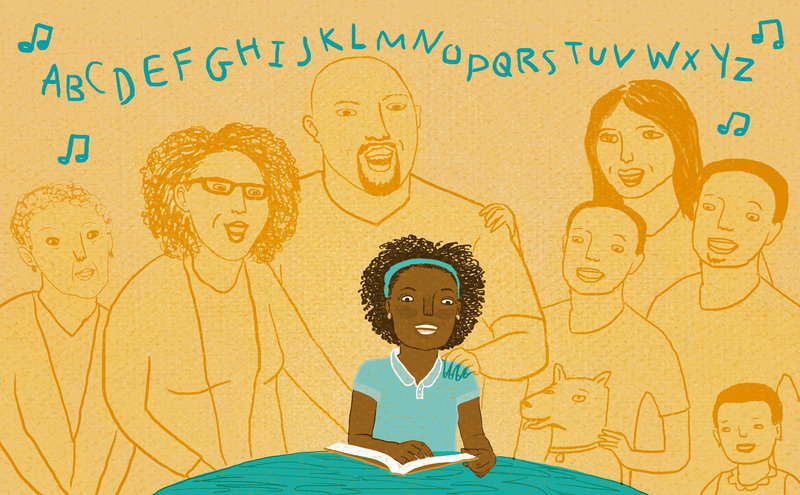New “Mentoring Processes Scale” assesses five dimensions of youth mentoring
Tolan, P. H., McDaniel, H. L., Richardson, M., Arkin, N., Augenstern, J., & DuBois, D. L. (1010). Improving understanding of how mentoring works: Measuring multiple intervention processes. Journal of Community Psychology. https://doi.org/10.1002/jcop.22408
Summarized by Monica Arkin
Notes of Interest:
- Researchers identified five commonly used mentoring intervention processes: identification with mentor, social & emotional support, teaching & education, advocacy, and shared time & activity.
- 740 mentors and 302 youth mentees piloted survey questions assessing these 5 dimensions of intervention processes.
- The resulting Mentoring Processes scale (MPS) contains 5 scales that can help evaluators and implementors understand what components make their mentoring program effective or ineffective.
- Mentor reports mapped onto the 5 scales, whereas mentee reports did not differentiate between various intervention processes.
Introduction (Reprinted from the Abstract)
The objective is to develop and test dimensionality and validity of a new measure of five mentoring intervention processes drawn from emphases across prior mentoring efforts that might be the basis for effects: identification with the mentor, social and emotional support, teaching and education, and advocacy, and shared time and activity. Partial validation of value was drawn from moderation role in a meta‐analysis of mentoring (Tolan, Henry, Lovegrove, Schoeny, & Nichols, 2014. J. Exp. Criminol ., 10 , 179–201). Data collected of candidate items completed by 740 mentors and 302 mentees (mean age = 16.59 years) were subjected to confirmatory factor analyses based on the five theorized dimensions. Scales derived from best‐fitting solutions were examined for convergent validity in relation to other indicators of mentoring relationship qualities. A bifactor model with five specific factors was supported for adult mentor reports while a simplified single factor model fit youth reports. Correlations between derived scale scores and validity indicators of mentoring relationship qualities were consistent with expectations. Multiple activities that comprise mentoring can be identified in adult mentor reports but not youth reports. This scale provides a promising basis for testing how variation in emphasis during mentoring affects impact and help guide training emphases.
Implications (Reprinted from the Discussion)
This scale development adds to the growing set of measures of aspects of mentoring that can help unpack how mentoring has its documented beneficial effects and to refine understanding of best practices. For example, one intended purpose of this scale is to study different mentoring programs and to see based on variations in the processes identified in this measurement explanation for differential effects. Moreover, this scale could guide training, measuring what strengths or proclivities a mentor has and areas of potential boosting for improved benefits for the relationship. A less direct application may be to help enrich how training is presented, particularly that which may note differential intentions in variations in process emphasis by mentors, but highlighting the lack of differentiation that seems to characterize youth experience. It may be valuable for mentors in training to know that while they can emphasize different types and purposes of interaction, this should not be expected to correspond to youth discriminating such differences in intent.
To access this article, click here










